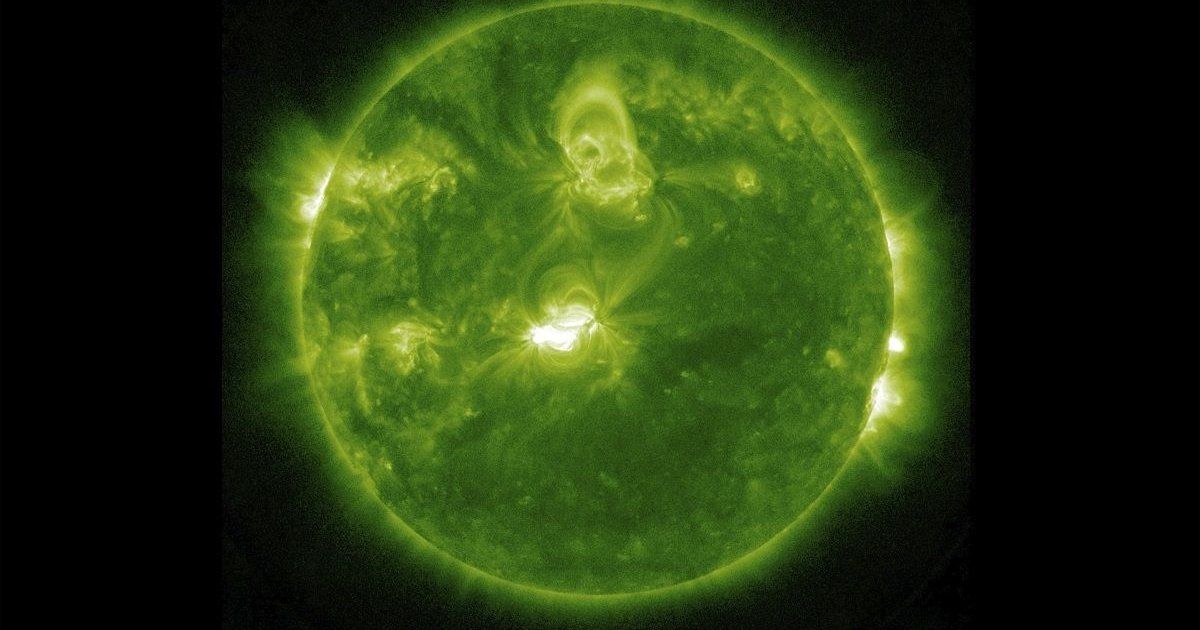Miami.- A small satellite of the National Aeronautics and Space Administration (NASA) lifted off from New Zealand on Saturday with the aim of measuring heat loss in space through Earth’s poles in detail for the first time.
The mission, called PREFIRE, aims to improve scientists’ predictions of climate change.
“This new information, which we didn’t have in the past, will help us model what’s happening at the poles and the climate,” Karen St. Germain, director of Earth Science Research, told a press conference in mid-March. – NASA Earth.
The shoebox-sized satellite was launched aboard an Electron rocket from Rocket Labs from Mahia in northern New Zealand. The same company would later launch a similar satellite.
Both will be used to make far-infrared measurements over the Arctic and Antarctic, directly measuring heat emitted into space for the first time.
Excessive heat balance
This phenomenon is “important because it balances the excess heat received from tropical regions and helps regulate Earth’s temperature,” explained Tristan L’Equiere, director of science at the University of Wisconsin in Madison.
“The process that brings heat from the tropics to the poles is at the origin of our meteorology,” he added.
Thanks to PREFIRE, NASA aims to understand how clouds, moisture, or the liquefaction of a frozen surface affects this heat loss.
Until now, the models used by scientists to predict global warming, with respect to this parameter, were based only on theories and not on actual observations, explained Tristan L’Eguier.
“We will improve our ability to simulate future sea level rise, as well as how climate change at the poles will affect the planet’s weather systems,” he explained.
20 space missions
The satellite joins more than two dozen NASA missions already in orbit responsible for monitoring the Earth.
Small satellites called CubeSats represent a real opportunity to answer “very specific” questions “at low cost,” explained Karen St. Germain.
If more traditional large satellites are considered “ordinary,” these smaller devices can be compared to “specialty” devices, he emphasized. “NASA needs them both.”
NULL
FUENTE: With information from AFP

